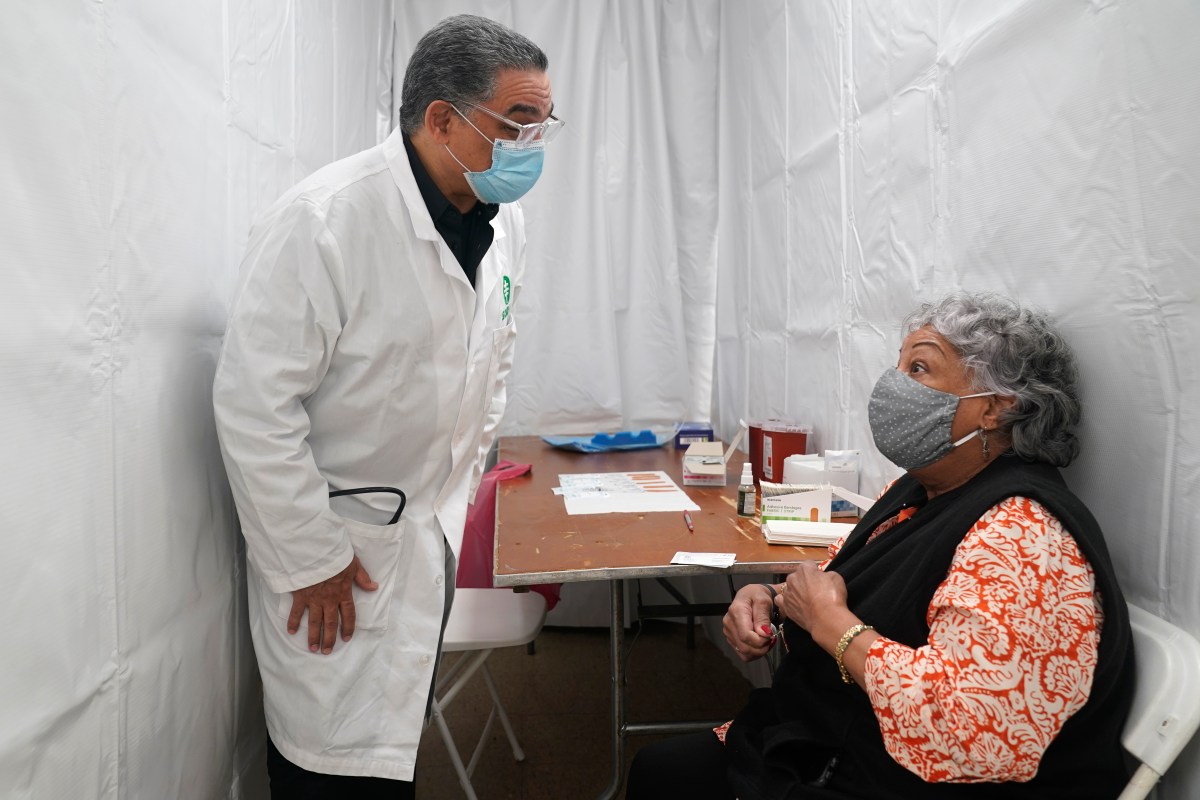Unmasking the Public Health Risks Looming Over California
California, home to nearly 40 million residents, faces a mounting public health crisis fueled by climate change, economic disparities, and emerging infectious diseases. Health experts warn that rising temperatures, worsening air quality, and healthcare access gaps could trigger cascading health emergencies across the state. This article examines the key threats, their root causes, and the urgent measures needed to mitigate them.
The Climate Change Health Emergency
Record-breaking heatwaves and wildfires have become California’s new normal, with dire consequences for public health. According to the California Department of Public Health, heat-related emergency room visits surged by 67% between 2020 and 2023. Meanwhile, wildfire smoke has degraded air quality in 90% of the state’s counties, exacerbating respiratory conditions.
“We’re seeing a perfect storm of environmental health hazards,” warns Dr. Elena Rodriguez, a public health researcher at Stanford University. “Prolonged exposure to wildfire smoke alone increases the risk of lung cancer by 10-20%, and our healthcare systems aren’t adequately prepared for this sustained pressure.”
The most vulnerable populations face disproportionate risks:
- Outdoor workers experiencing 35% higher heatstroke rates
- Low-income communities with limited access to air conditioning
- Elderly residents accounting for 60% of heat-related deaths
Infectious Disease Resurgence
While COVID-19 remains a concern, California now confronts multiple infectious disease threats simultaneously:
1. Valley Fever Cases: Spiked 220% in Central Valley counties due to drier soil conditions
2. Dengue Fever: Emerging mosquito-borne threat with 17 locally acquired cases reported in 2023
3. Antibiotic Resistance: CRE infections increased by 18% statewide since 2021
Public health infrastructure struggles to keep pace. “Our disease surveillance systems are stuck in 2019 staffing levels while facing 2024 challenges,” notes Dr. Marcus Chen of the California Public Health Association. “We’re playing catch-up with pathogens that evolve faster than our response capabilities.”
The Mental Health Epidemic
California’s mental health crisis compounds physical health challenges. The state’s suicide rate climbed to 13.5 per 100,000 residents in 2023 – the highest in 15 years. Youth mental health emergencies have doubled since 2019, with emergency departments reporting:
- 45% increase in adolescent psychiatric admissions
- 300% rise in eating disorder cases among teens
- Critical shortages in mental health professionals
Economic stressors amplify the crisis. “When families choose between rent and therapy, public health pays the price,” explains social worker Theresa Morales. “We’re seeing generations of trauma compounding without adequate intervention.”
Healthcare Access Disparities
Despite California’s progressive healthcare policies, 3.2 million residents remain uninsured. Rural communities face particular challenges:
– 58% of rural hospitals operate at a deficit
– 12 counties have fewer than 10 primary care physicians per 100,000 residents
– Average ambulance response times exceed national standards by 8 minutes
The state’s health equity gaps mirror national trends but with California-specific complications. “Our agricultural workforce has 70% less healthcare access than urban professionals,” reports health economist Dr. Raj Patel. “When farmworkers get sick, our food supply chain weakens.”
Pathways to Solutions
Public health experts propose multi-pronged solutions:
Immediate Actions:
– Expand mobile health clinics in underserved areas
– Implement statewide heat illness prevention standards
– Increase mental health crisis response teams
Long-Term Strategies:
– Climate-resilient healthcare infrastructure
– Cross-sector public health training programs
– Targeted vaccine development initiatives
California legislators recently approved $300 million for public health workforce development, but experts argue more is needed. “This funding represents 20% of what’s required to meet current needs,” asserts Assemblymember Lisa Hernandez, chair of the Health Committee.
What Residents Can Do
While systemic solutions develop, Californians can take protective measures:
- Sign up for emergency alerts at CalAlerts.org
- Create personal heat action plans
- Advocate for public health funding
- Participate in community health initiatives
The coming years will test California’s public health resilience. As climate change accelerates and populations grow, the state must choose between reactive crisis management and proactive health system transformation. The health of millions hangs in the balance.
Concerned about your community’s health preparedness? Contact your local representatives to support public health funding initiatives, or volunteer with organizations like the California Health Collaborative to make a direct impact.
See more WebMD Network



